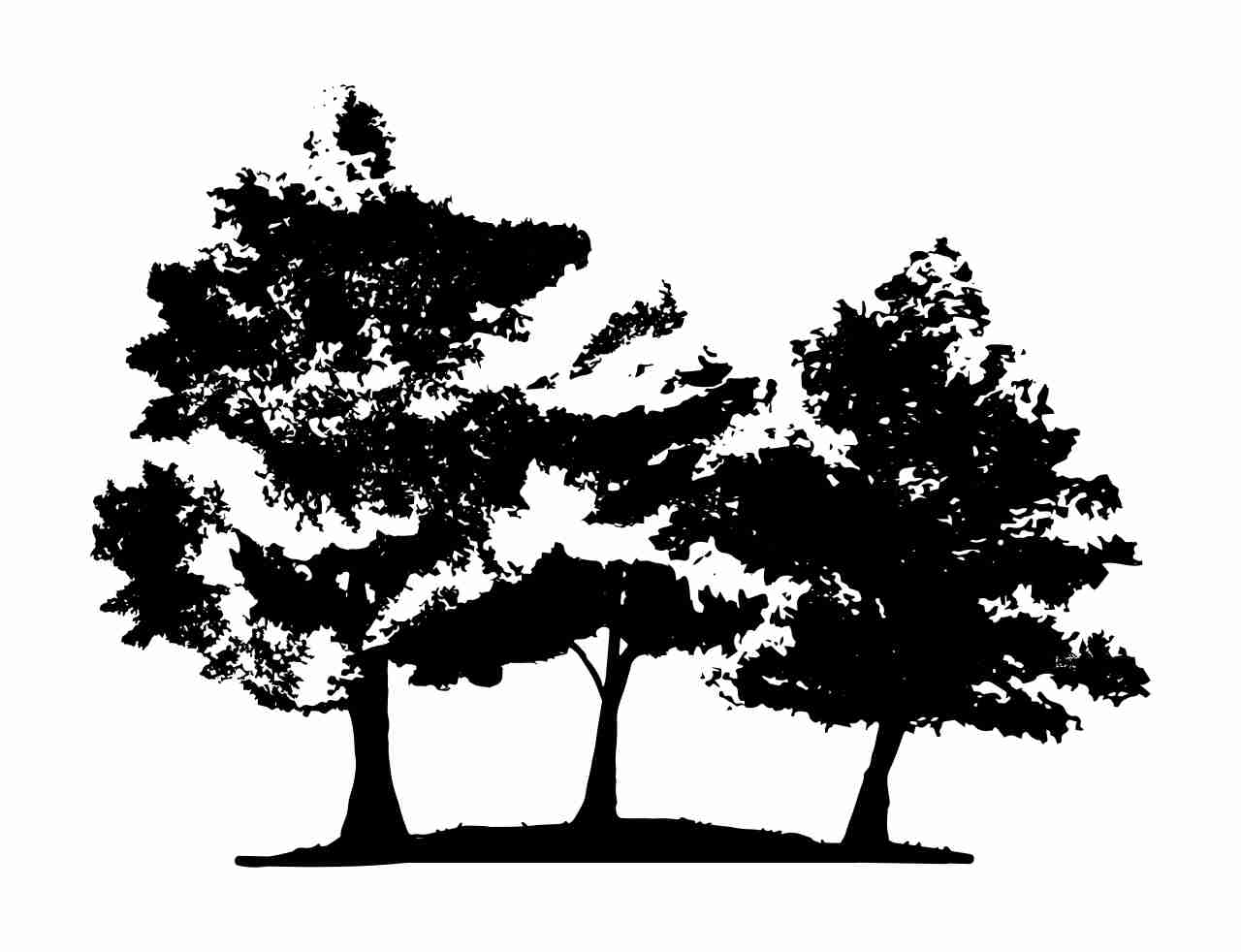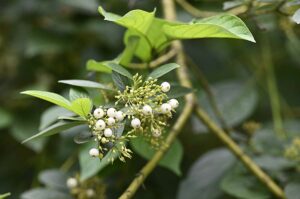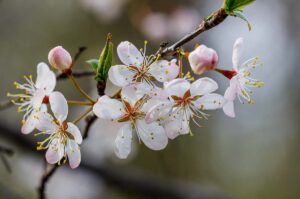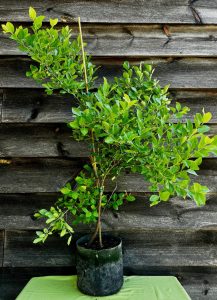
Eco-Restoration
Mismanagement has led to the widespread destruction and degradation of sensitive ecosystems that are vital for environmental health, a stable climate, and the many ecosystem services on which we rely. Ecological restoration is a proactive approach to natural resource management that assists in the rehabilitation of these environments to improve resilience and increase biodiversity.
Soil Health
All About the Soil
Soil is essential to the health of the associated environment. Every ecosystem has different soil textures, base minerals, and nutrient cycles, hydrology, and microbial communities. These qualities determine plant health and diversity. The soil is the logical foundation for the restoration of degraded environments, so we start with a soil health assessment as we design eco-restoration plans.
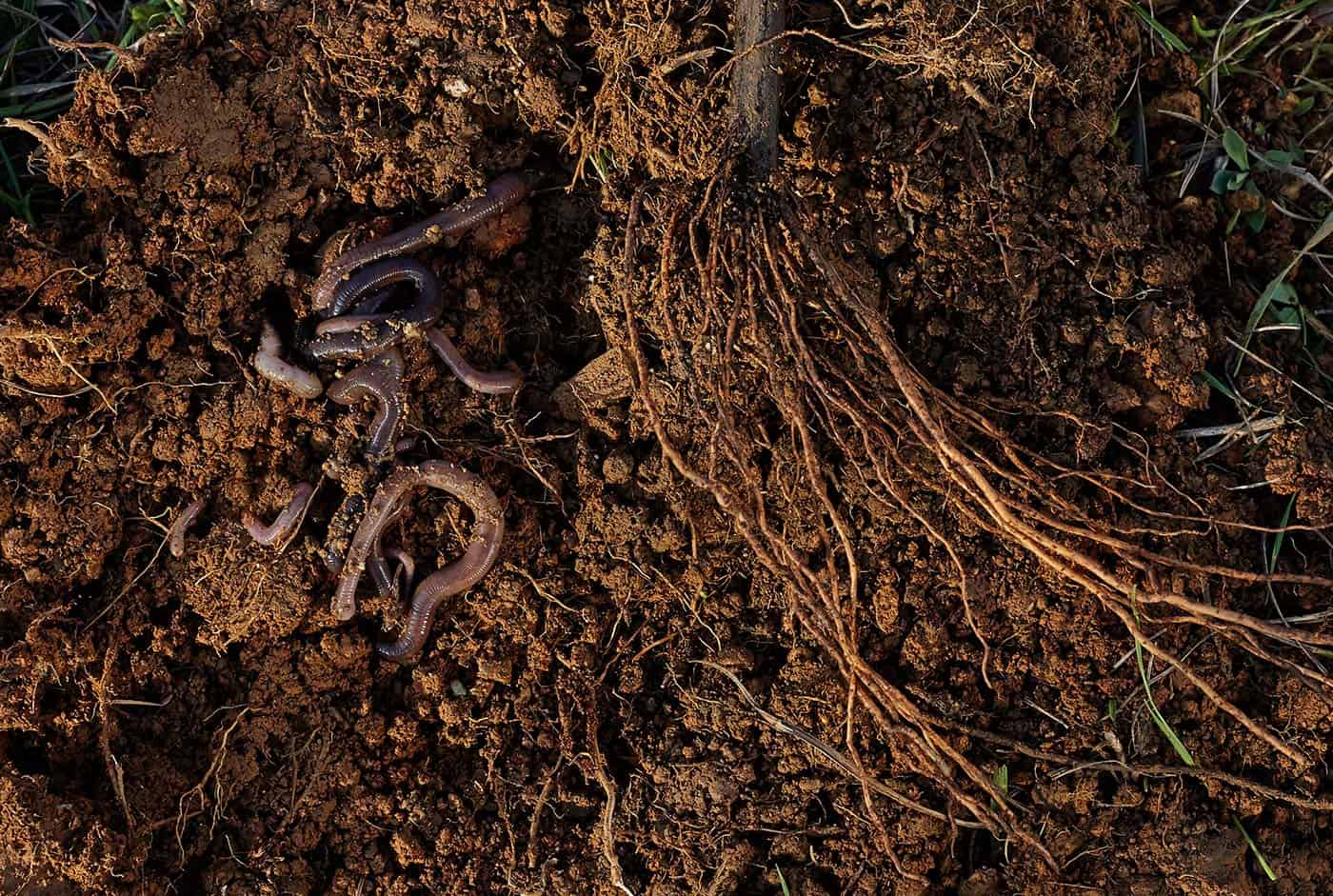
Resilient Forests
Expanding Forest Health
Forests have dominated the landscape across northeastern North America since soon after the last ice age 10,000 years ago. These environments have evolved to support myriad intricately woven relationships that are threatened by exotic plants, pests, and diseases, and a rapidly changing climate. Planning resilient forests starts with knowledge of the current and historical species composition. Some species of trees now present will disappear from forest ecosystems in the decades to come. We must plan for these sudden changes by introducing comparable, but resilient, tree species to fill open ecological niches, lest they be filled by less desirable or harmful invasive plants.

Wetland and Riparian Ecosystems
The Lifeblood of the Land
Wetlands and riparian ecosystems host an exceptional amount of biodiversity, improve water quality, and provide for thirsty crops and livestock. When planted with the appropriate tree and shrub species they enhance surrounding environments, control erosion, and sequester carbon. In farming systems, these landscapes tend to have the greatest risk of crop loss due to frequent flooding. Reforesting wetlands and river corridors reduces widespread flooding and soil erosion. The tree roots stabilize saturated soils and build habitat for wetland wildlife. We use a variety of planting applications as well as native tree species to implement these restoration projects.

Native Pollinator Habitats
Bees and Butterflies that Fertilize Crops and Control Pests
The dance between flowers and pollinators has been evolving for millions of years. These plant species rely on pollinator insects to ensure formation of seeds, and in turn the survival of the species. Habitat destruction, loss of biodiversity, climate change and environmental pollution (mainly through insecticides) are a few of the many factors which have contributed to the severe decline of pollinators in our landscapes. We revitalize these communities of native pollinators by replanting a diversity of species on which they feed throughout their life cycles and the seasons. We specialize in identifying the opportunities in an environment to foster healthy pollinators and plants.


